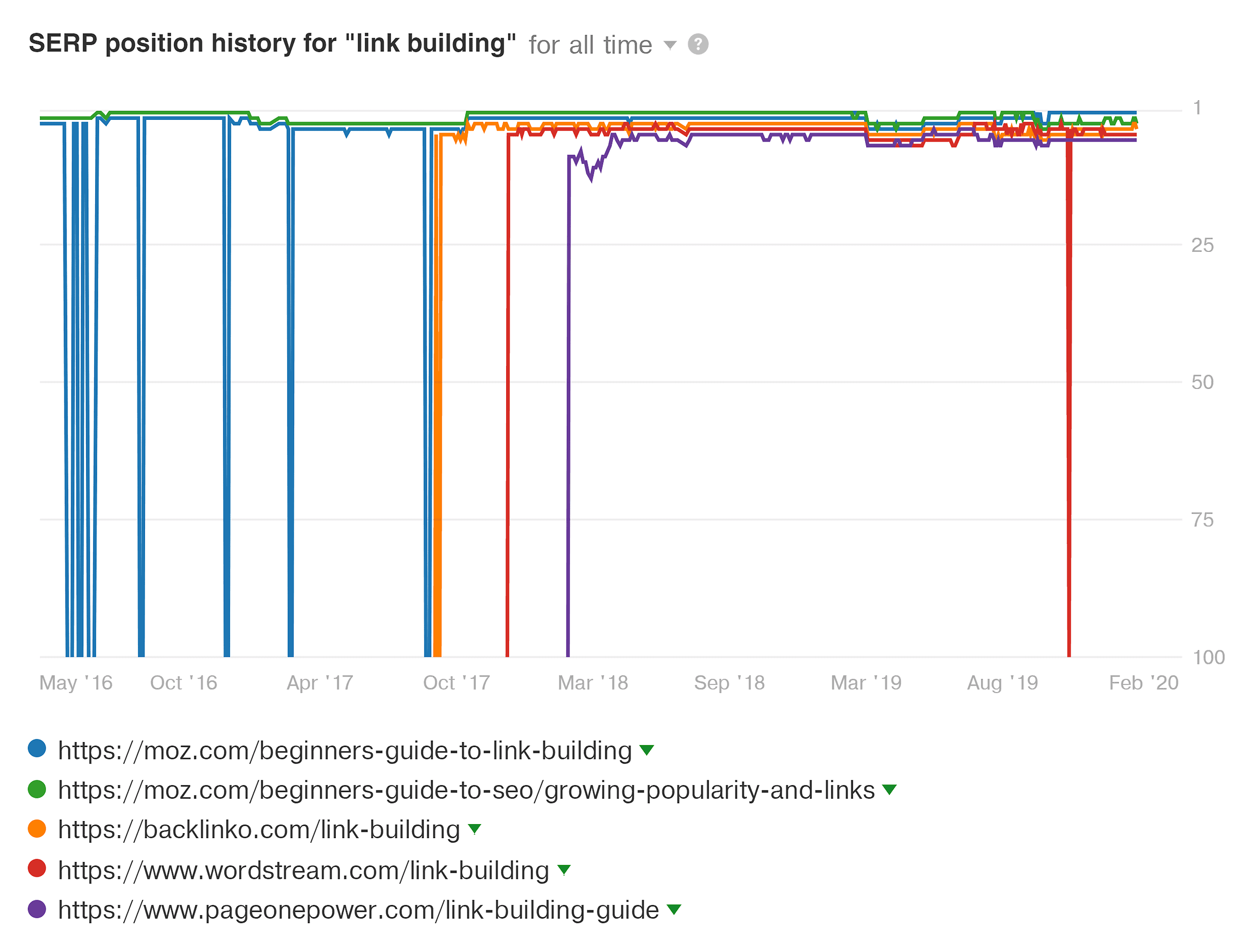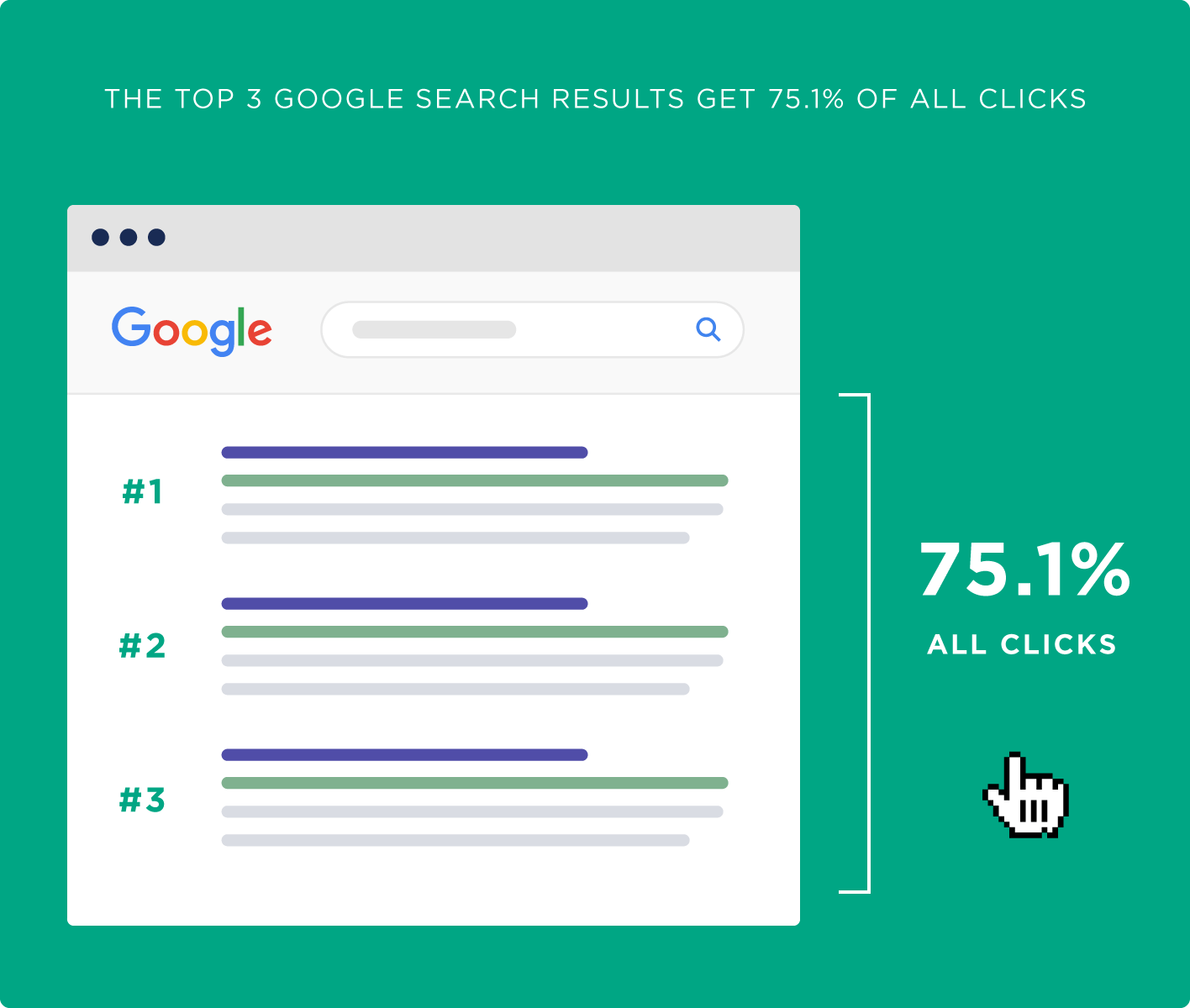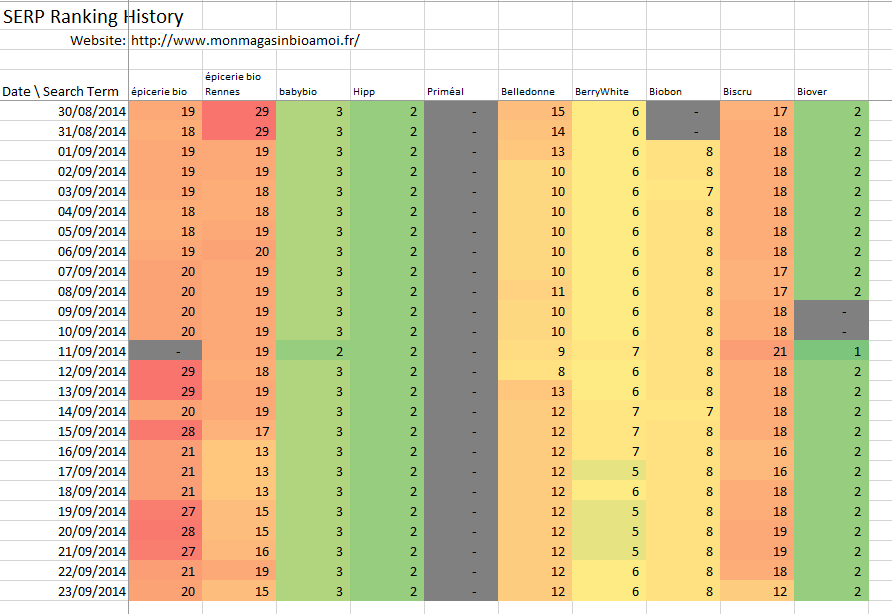Ever wondered what makes some websites consistently rank higher on Google while others struggle to make an impact? It’s all about understanding SERP ranking history – a concept that can transform the way you approach SEO. In today’s digital world, knowing where your website stands and how it’s performing over time is crucial for staying ahead of the competition.
Picture this: you’ve spent countless hours optimizing your site, creating killer content, and building backlinks. But why isn’t your site ranking where you think it should be? The answer often lies in SERP ranking history – a treasure trove of data that reveals how your site has performed over time. It’s like having a crystal ball for your SEO efforts.
And let’s not forget the importance of tracking your progress. Without a clear understanding of your SERP ranking history, you’re essentially flying blind in the vast world of search engines. In this article, we’ll dive deep into what SERP ranking history is, why it matters, and how you can leverage it to boost your site’s visibility. So, buckle up and get ready to uncover the secrets to ranking success!
Read also:Sone 436 Unlocking The Mysteries Behind This Revolutionary Breakthrough
What is SERP Ranking History Anyway?
Let’s start with the basics. SERP ranking history refers to the chronological record of where your website appears in search engine results pages (SERPs) over time. Think of it as a diary of your site’s performance, documenting every high and low point in its journey. It’s not just about where you rank today but how you’ve been performing over the months or even years.
For instance, if your site used to rank first for a particular keyword but has since dropped to the fifth page, SERP ranking history will show you exactly when and how that decline happened. This information is invaluable for diagnosing issues and implementing strategies to regain lost ground.
Why Should You Care About SERP Ranking History?
Here’s the deal: SERP ranking history isn’t just some fancy term thrown around by SEO experts. It’s a practical tool that can make or break your online presence. By keeping an eye on your ranking history, you can identify patterns, spot trends, and make data-driven decisions to improve your site’s performance.
- Identify Fluctuations: SERP rankings aren’t static. They fluctuate based on a variety of factors, including algorithm updates, competitor activity, and changes in user behavior. Tracking your ranking history helps you understand these fluctuations and respond accordingly.
- Measure Campaign Success: Whether you’re running a paid ad campaign or tweaking your SEO strategy, SERP ranking history allows you to measure the impact of your efforts. Did that new blog post boost your rankings? Your ranking history will tell you.
- Stay Ahead of Competitors: Keeping tabs on your competitors’ ranking history can give you a competitive edge. If they’re outranking you for certain keywords, it’s time to step up your game.
How SERP Ranking History Impacts SEO
Now that you know what SERP ranking history is, let’s talk about its impact on SEO. SEO isn’t a one-time fix; it’s an ongoing process that requires constant monitoring and adjustment. And SERP ranking history plays a pivotal role in this process.
Imagine trying to navigate a maze without a map. That’s what SEO feels like without a proper understanding of your ranking history. By analyzing your SERP ranking history, you can:
- Pinpoint areas where your SEO strategy is working and where it needs improvement.
- Anticipate changes in search engine algorithms and adjust your tactics accordingly.
- Optimize your content to better align with user intent and search trends.
Key Factors Influencing SERP Rankings
There’s no denying that SERP rankings are influenced by a multitude of factors. From content quality and backlinks to site speed and mobile-friendliness, every element plays a part in determining where your site appears in search results. But here are some key factors you should pay special attention to:
Read also:Unveiling The Truth About Mrdeepfakecom Sex A Comprehensive Guide
- Content Relevance: Google loves content that answers users’ questions. Make sure your content is relevant, informative, and engaging.
- Backlink Profile: High-quality backlinks from reputable sites can significantly boost your rankings. But beware of spammy or low-quality links, which can do more harm than good.
- Site Speed: In today’s fast-paced world, users expect websites to load quickly. A slow site can hurt your rankings and drive visitors away.
Tools to Track SERP Ranking History
Alright, so you’re convinced that SERP ranking history is important. But how do you keep track of it? Luckily, there are several tools available that can help you monitor your ranking history with ease.
1. SEMrush
SEMrush is one of the most popular SEO tools out there, and for good reason. It offers a comprehensive suite of features, including SERP tracking, keyword research, and competitor analysis. With SEMrush, you can monitor your rankings across multiple keywords and devices, giving you a holistic view of your site’s performance.
2. Ahrefs
Ahrefs is another powerful tool that’s widely used by SEO professionals. It provides detailed insights into your site’s ranking history, along with data on backlinks, organic traffic, and keyword rankings. Ahrefs also allows you to track your competitors’ rankings, helping you stay one step ahead.
3. Google Search Console
If you’re looking for a free option, Google Search Console is a great choice. While it doesn’t offer as many features as paid tools like SEMrush or Ahrefs, it provides valuable data on your site’s performance in Google search results. You can use it to monitor your rankings, identify crawl errors, and track impressions and clicks.
Best Practices for Analyzing SERP Ranking History
Now that you’ve got the tools, let’s talk about how to analyze your SERP ranking history effectively. Here are some best practices to keep in mind:
- Set Clear Goals: Before diving into your ranking history, define what you want to achieve. Are you looking to improve rankings for specific keywords or increase overall visibility? Having clear goals will help you focus your analysis.
- Compare Against Competitors: Don’t just look at your own rankings. Compare them against your competitors to see how you stack up. This will give you a better understanding of where you stand in the market.
- Look for Patterns: Pay attention to trends and patterns in your ranking history. Are there certain times of the year when your rankings drop? Are there specific keywords that consistently perform well? Identifying these patterns can help you optimize your strategy.
Common Mistakes to Avoid
While analyzing SERP ranking history can be incredibly useful, there are some common mistakes that can derail your efforts. Here are a few to watch out for:
- Overemphasizing Short-Term Results: It’s tempting to focus on immediate changes in rankings, but SEO is a long-term game. Don’t get discouraged by short-term fluctuations – focus on the bigger picture.
- Ignoring User Intent: Rankings are important, but they’re not the only metric that matters. Make sure your content aligns with user intent and provides value to your audience.
- Underestimating the Impact of Algorithm Updates: Google updates its algorithms regularly, and these updates can have a significant impact on rankings. Stay informed about the latest changes and adjust your strategy accordingly.
Case Studies: Real-World Examples of SERP Ranking History in Action
Let’s take a look at some real-world examples of how SERP ranking history has been used to improve SEO performance. These case studies highlight the importance of tracking and analyzing ranking history to achieve better results.
Case Study 1: A Small Business Turnaround
A local bakery was struggling to rank for its target keywords despite having a well-optimized website. By analyzing its SERP ranking history, the owner discovered that the bakery’s rankings had dropped after a major Google algorithm update. Armed with this information, the owner made some key adjustments to the site’s content and backlink strategy, resulting in a significant improvement in rankings.
Case Study 2: Competitor Analysis
A tech startup noticed that a competitor was consistently outranking them for several important keywords. By tracking the competitor’s SERP ranking history, the startup identified gaps in its own strategy and implemented changes to close those gaps. Within a few months, the startup was able to surpass its competitor in rankings.
Future Trends in SERP Ranking History
As technology continues to evolve, so does the landscape of SERP ranking history. Here are some trends to watch out for in the coming years:
- AI and Machine Learning: AI-powered tools are becoming increasingly sophisticated, allowing for more accurate and detailed tracking of SERP rankings. These tools can help you identify patterns and predict future trends with greater precision.
- Mobile-First Indexing: With more users accessing the internet via mobile devices, Google is placing greater emphasis on mobile-friendly websites. This shift will likely impact SERP rankings, making mobile optimization more important than ever.
- Voice Search Optimization: As voice-activated devices like smart speakers become more popular, optimizing for voice search is becoming a key consideration for SEO professionals. SERP ranking history will play a crucial role in understanding how voice search affects rankings.
Adapting to Change
Change is inevitable in the world of SEO, and staying ahead requires flexibility and adaptability. By keeping an eye on future trends and adjusting your strategies accordingly, you can ensure your site remains competitive in the ever-evolving digital landscape.
Conclusion: Take Action Today
There you have it – a comprehensive guide to understanding and leveraging SERP ranking history. Whether you’re a seasoned SEO pro or just starting out, tracking your ranking history is essential for success in the digital world. By following the tips and best practices outlined in this article, you can take your SEO game to the next level.
So, what are you waiting for? Start tracking your SERP ranking history today and watch your site’s performance soar. And don’t forget to leave a comment or share this article with your fellow SEO enthusiasts. Together, let’s unlock the secrets of ranking success!
Table of Contents
- What is SERP Ranking History Anyway?
- Why Should You Care About SERP Ranking History?
- How SERP Ranking History Impacts SEO
- Tools to Track SERP Ranking History
- Best Practices for Analyzing SERP Ranking History
- Case Studies: Real-World Examples
- Future Trends in SERP Ranking History
- Conclusion: Take Action Today



